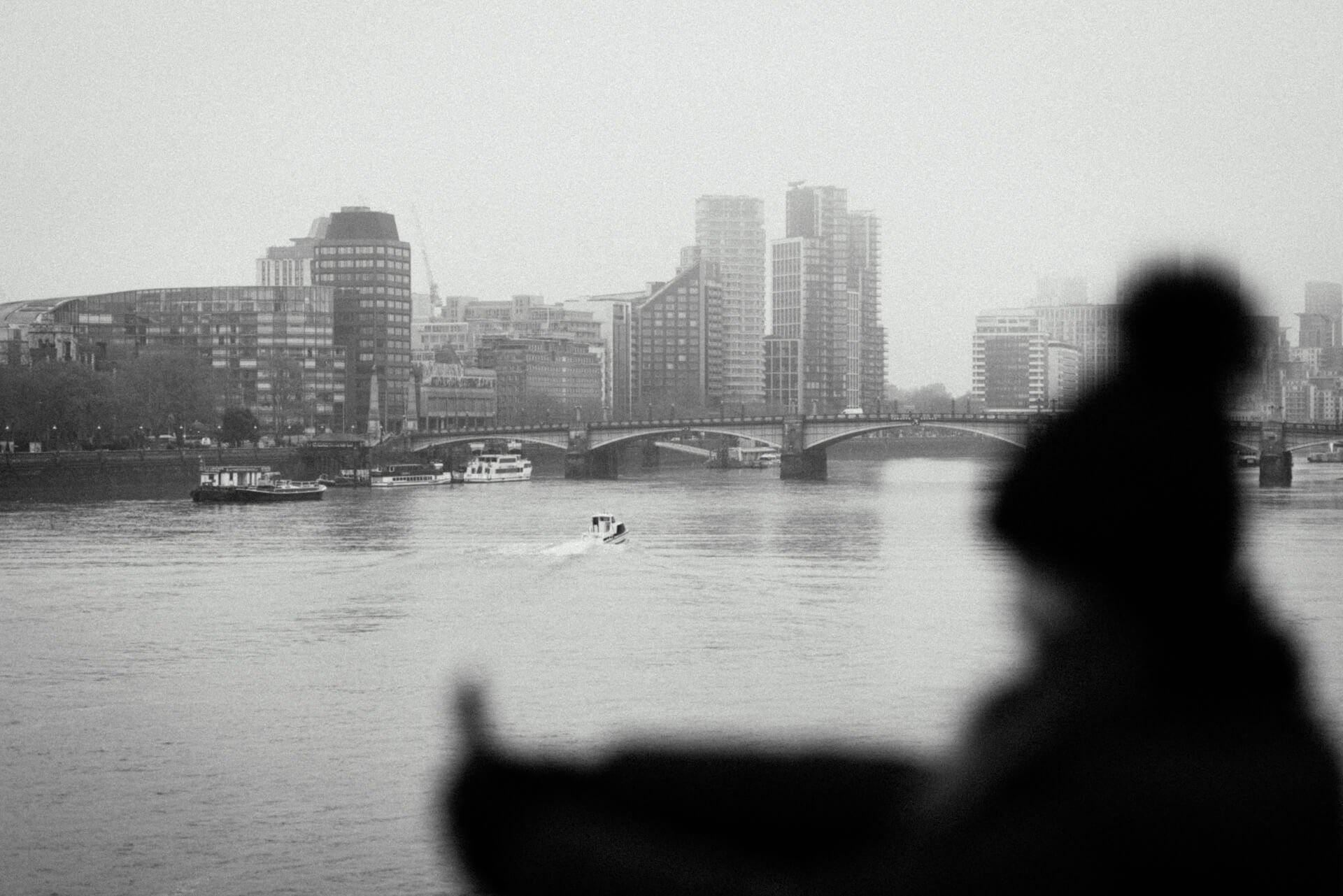Why Small Stories Matter in a World of Dangerous Climate Breakdown
It was a foggy Sunday morning. London, UK. 2023 © Matt Mahmood-Ogston
Want to know what's even more alarming than last month being the warmest January in history?
The fact that most people will scroll past that headline without feeling anything at all.
Last week, scientists revealed that January temperatures were 1.75C above pre-industrial levels. They were baffled. This wasn't supposed to happen yet.
But here's what really keeps me awake at night - we've become numb to climate statistics.
The Problem with Big Numbers
This is what happens in most corporate climate communications. They share impressive statistics about carbon reduction. They talk about net-zero targets. They present complex climate action plans.
And people's eyes glaze over.
Why?
Because 1.75C doesn't feel real to most people. But a story about a London family whose home flooded for the first time in three generations?
That feels very real indeed.
The Power of Small Stories in Climate Action
Let me share something I've noticed documenting climate impact across London. When Dr. Friederike Otto from Imperial College London warns about "unprecedented extreme weather events in 2025," it feels distant.
But when a local farmer shares how changing weather patterns affected this year's harvest, something changes.
People listen.
People connect.
People act.
Making Climate Change Real
What most sustainability reports miss is that behind every climate statistic are thousands of small stories.
Real people.
Real impact.
Real change.
The Los Angeles Warning
Consider the recent Los Angeles wildfires.
Most reports focused on acres burned and temperatures recorded.
But the stories that drove action?
They were about individual families. Local businesses. Community response.
Why This Matters Now
As we face what scientists call "dangerous climate breakdown," something becomes clear - big statistics aren't enough anymore.
We need stories that make climate change feel real, immediate, and personal.
Finding Your Climate Stories
Look for:
The maintenance worker adapting to hotter working conditions
The local business owner dealing with flood risks
The community garden adjusting to changing growing seasons
These aren't just anecdotes.
They're proof that climate change is happening here, now, to people we know.
Making Numbers Human
Instead of just saying temperatures are 1.75C higher:
Show how this affects the local park where children play
Share how it impacts the elderly in your community
Document how it changes daily life in your area
The Trust Factor
Here's something crucial - when people doubt climate science, they rarely doubt personal experience.
Small stories build trust because they're undeniable.
Creating Climate Connection
Your sustainability report needs:
Real voices
Local impact
Personal stories
Not just global statistics.
The Power of Now
Climate change isn't a future threat anymore.
It's happening today, in small ways, everywhere.
These are the stories we need to tell.
Your Role in This Change
As purpose-driven professionals, we have a responsibility not just to report on climate action.
But to make it real for people.
Making It Work
Start with one story:
One local impact
One community response
One moment of change
Think local, not global.
The Future of Climate Communication
The organisations making the biggest difference aren't just sharing climate data.
They're telling stories that make that data matter to people.
Your Next Step
Look for the climate stories happening in your community right now.
They're there:
In changing seasons
In local adaptations
In community responses
The Truth About Impact
After years of documenting social change, I've learned that people don't act on statistics.
They act on stories that move them.
Make it personal.
Focus on the emotional response you want them to feel. And the action you want them to take afterwards.
Your Challenge
As you think about your climate communication, ask yourself - “are you just sharing warming statistics”?
Or are you telling stories that make people feel the urgency of climate action?
Because in 2025, with dangerous climate breakdown already here, we need more than numbers.
We need stories that move people to act.
Stories that make climate change real.
Stories that inspire action.
Stories that create change.
One small story at a time.

